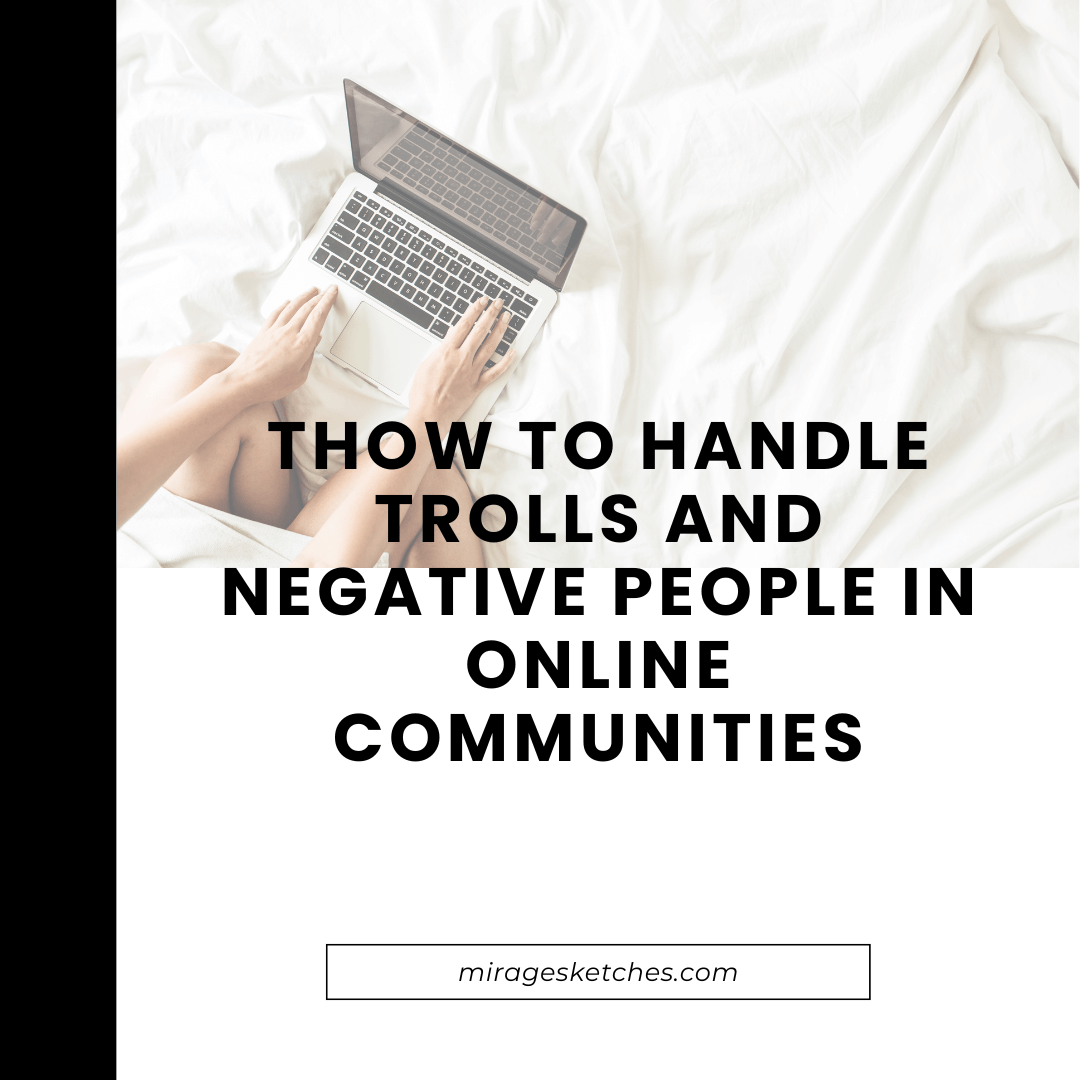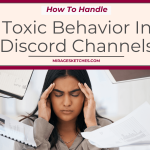Introduction
Ever had that one person in your community who just makes everything harder?
Trolls and other negative folks can turn a great space into a mess real fast.
They mess up the vibe, push good people away, and make your job tougher.
But if you know how to deal with them, you’ll be able to keep things on track and keep your community feeling like a good place to be.
I’ve been through it, and I’ll show you some ways that work.
Let’s get into the tricks, simple steps, and maybe a few things you didn’t think of.
It’s all about keeping your community strong, friendly, and a place people actually want to spend time in
Setting the Rules Early On
If you don’t have rules set up, it’s going to be chaos.
People need to know what’s okay and what’s not from the start.
Without rules, it’s hard to control things once they get out of hand.
Keep rules clear: Don’t over-complicate.
Say what’s cool and what isn’t.
Post it everywhere: Make sure people know the rules.
Pin it, put it in welcome messages—wherever they’ll see it.
Stay open to updating: As your community grows, you might find you need to add new rules.
That’s normal. Just make sure to update your members when you do.
Knowing the Difference Between Trolls and Angry Members
Trolls and upset members aren’t the same.
Trolls are there to stir things up.
They don’t care about the community.
On the other hand, some members are just having a rough time or are upset for a good reason.
Trolls: They’re just there to cause a scene.
They’ll say things to make people mad or throw everyone off-topic.
Angry members: Sometimes they’ve got real issues or complaints.
They might come off negative, but they’re usually open to talking it out.
When you can tell who’s who, it makes it easier to handle the situation in the right way.
Not every bad vibe is a troll, and not every angry comment means they’re there to ruin things.
Encouraging Positivity to Crowd Out Negativity
A positive vibe can help drown out a lot of the noise.
Happy, engaged members don’t get rattled by trolls as easily and can help keep things nice.
Celebrate good members: If someone’s always helpful or positive, shout them out.
Give them a spotlight.
Make space for members to share: Let members feel like they’re part of it.
Ask for their input or opinions.
Lead with the right tone: If you’re calm and positive, others will follow suit.
It sets the mood, plain and simple.
Positive members can be the best defense against trolls and troublemakers.
They show others how to act, and that kind of energy is contagious.
Dealing with Trolls, Plain and Simple
When trolls pop up, the best thing you can do is stay calm.
They want attention.
They want people to react, so don’t give them what they want.
Ignore when you can: Sometimes, the best way to handle trolls is just to act like they’re not there.
Don’t feed the fire.
Short, neutral replies: If you have to respond, keep it brief.
Don’t add any emotion to it.
Say what you need to, and leave it at that.
Warnings in private: Give a heads-up in a direct message if needed.
Let them know that the behavior isn’t okay without making a big deal about it in public.
When all else fails, sometimes the right move is to ban them.
It’s better to remove one bad apple than to risk spoiling the whole bunch.
Stopping Arguments Before They Blow Up
Arguments happen, but you don’t have to let them explode.
If people start going back and forth, there are ways to slow it down.
Move it to private: Suggest they continue the chat privately.
Or, if you’re up for it, help them hash it out in private messages.
Stay neutral: When you step in, don’t take sides.
Just try to help everyone calm down.
Give them a break: If things get too heated, ask people to take a pause and come back later.
A little break can work wonders.
These small steps can keep arguments from becoming big issues, and they show members you’re there to help keep the peace.
Using Simple Tools to Help You Out
Running a community can get tricky as it grows.
Some tools can make your life a lot easier when it comes to keeping everything smooth.
Automatic moderation: A lot of platforms have tools that can catch bad words or certain behavior for you.
Makes things way easier.
Data to check what’s working: See who’s active, who’s dropping off, and what keeps people coming back.
Use that info to keep improving.
Trusting other members to help: Some members want to help.
They can act like moderators if you need extra eyes without having to do it all yourself.
These tools aren’t just for big communities; even small ones can benefit from a little tech help.
Quick Tips from Experience
If you’ve been managing a community for a while, you’ll know it’s about more than just the basics.
Here’s some bonus advice.
Get feedback from members: See what people like or dislike every once in a while.
Helps you keep things fresh.
Have a plan for troublemakers: Have a set way to handle repeat offenders or people who really push limits.
Try different engagement ideas: Polls, Q&A, or even themed days keep things interesting.
Just don’t overdo it.
These little tips can go a long way in making sure your community stays active, friendly, and under control.
FAQs
Q: How do I know if my community is engaged?
A: If people are talking, replying, and participating without being pushed, that’s engagement. It’s when members come back and interact on their own.
Q: What are good tools for community managers?
A: There are many, but Slack and Discord work well for chats, and platforms like SocialOomph or Buffer help with scheduling posts.
Q: When is it okay to ban someone?
A: If someone keeps causing issues and ignores warnings, it’s probably best to remove them. A community is better off without constant disruption.
Wrapping It Up
Keeping a community positive isn’t easy, especially with trolls and tough personalities out there.
But if you set clear rules, promote the right vibes, and handle issues as they come up, you’ll keep your community strong.
Stick with it, learn as you go, and remember why you started the community in the first place.
Trolls come and go, but a positive community sticks around when members feel safe and valued.
Give these steps a try, keep building, and see your community thrive!





